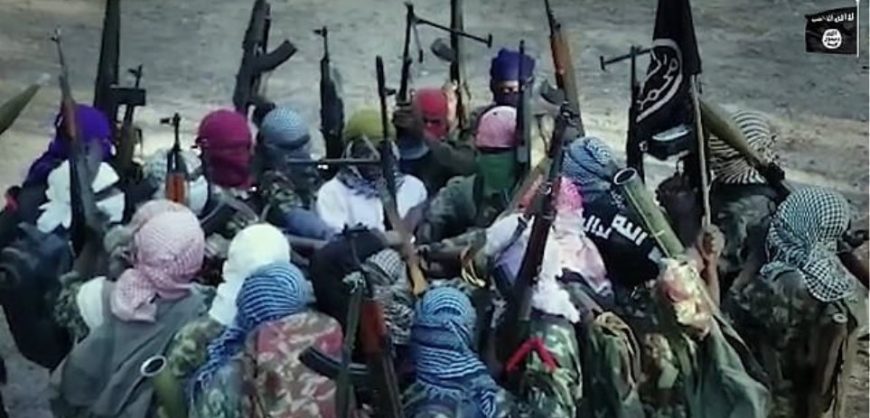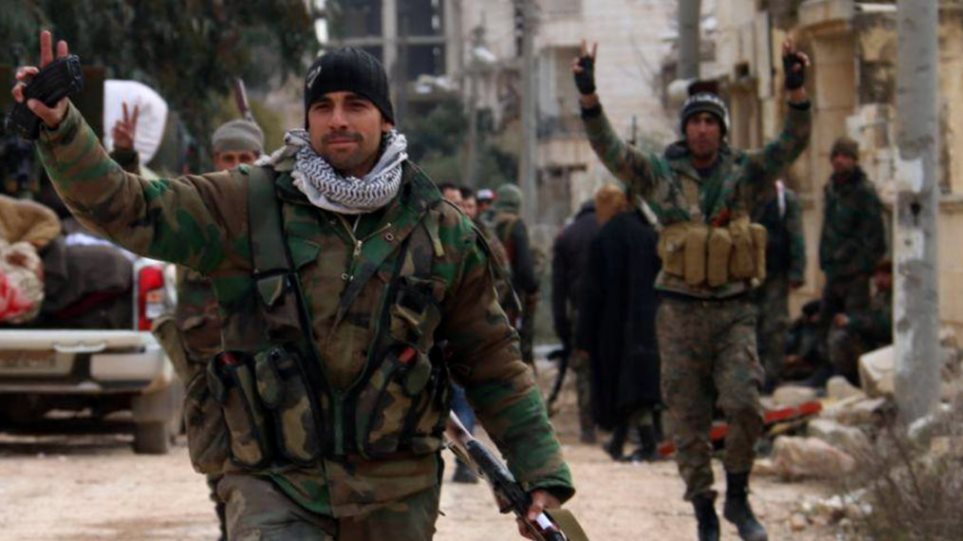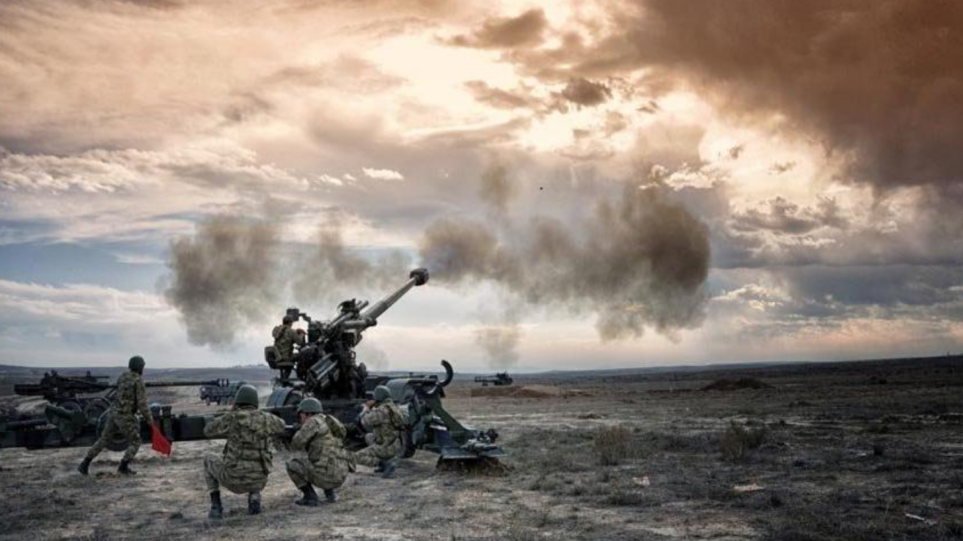In 2012, as the revolution in Syria exploded, Fajr Maaliki (a pseudonym) was 12 years old and in the 6th grade. Maaliki’s large extended family stretched across the Idlib countryside, and when the Free Syrian Army (FSA) formed to fight against the Syrian government, many of his relatives joined. “Around 40 of the men in my family became FSA fighters. My father didn’t join the FSA, but he supported them.”
Maaliki was 13 years old when pro-government militias neared the outskirts of his village and he first took up arms. “I went with my cousins,” he recalled. “At this point, none of us had really had any training. It didn’t matter. We went and we fought.”
Maaliki was supposed to take an Arabic exam at school the day he went to his first battle. “I missed that exam and didn’t go back to school again,” he said. “When I got home that night, my mother cried and begged me not to fight again, but of course, I did.” Maaliki’s male relatives had no issue with his young age. Neither did his first FSA commander, who praised him for leaving school to join the fight.
Much of Maaliki’s teen years unfolded on Syrian battlefields. “There were some dangerous times. When I was 14 years old, I was fighting in a battle in the northern countryside of Aleppo. My faction was besieged by the Assad regime, and many of them were killed. I was stuck in one place for three days with one other boy my age. We ate from the garbage. When the siege was finally broken, I think we were both surprised to get out alive.”
Maaliki says roughly a dozen teenagers from his village joined the FSA in the first two years of the war. “Fighting seemed more important than anything else. Back then, there weren’t as many child soldiers in the Syrian opposition as there are now, but it wasn’t uncommon,” he said.
Discovering the tomb of the last Byzantine Emperor Constantine XI Paleologos’ descendant (photo)
Volkswagen plans to change name to ‘Voltswagen’ to reflect turn to electric vehicles
In September 2014, ISIS was approaching the peak of its power in Syria. The group had started to fight against the Free Syrian Army and Al-Nusra Front, Syria’s al-Qaeda affiliate, despite having previously allied with both in the fight against Syrian government forces. While embedded with the FSA on a reporting trip, I visited the frontlines against ISIS in the northern countryside of Aleppo for an MSNBC documentary. As I filmed the fighters preparing for battle, I saw a boy who looked no older than 13 years old carrying an AK-47. “Can you ask him how old he is?” I asked one of the English-speaking fighters.
“This is my brother,” he replied. “He’s 17. He just looks younger”.
Read more: NPA Syria







































